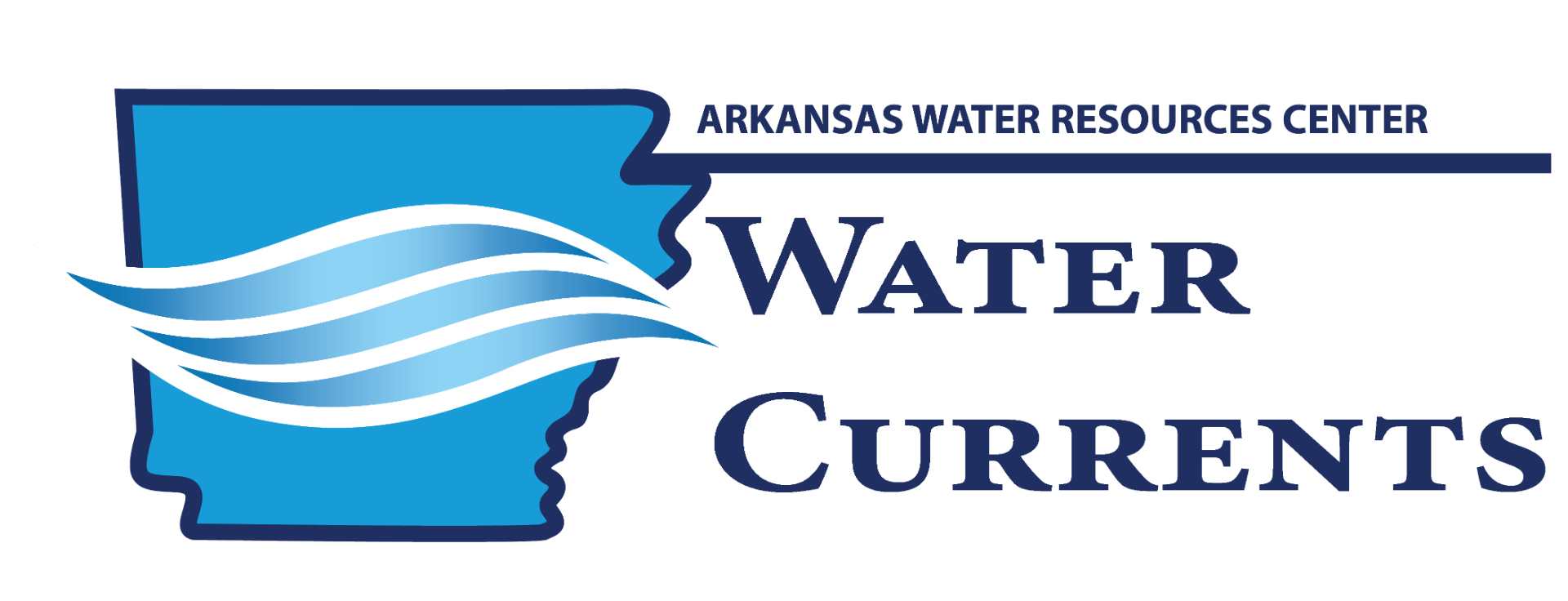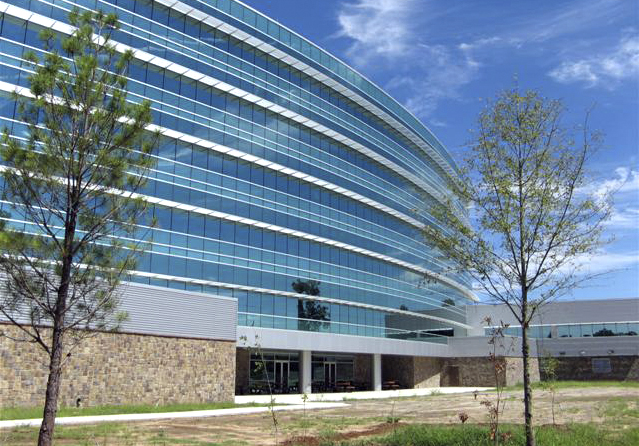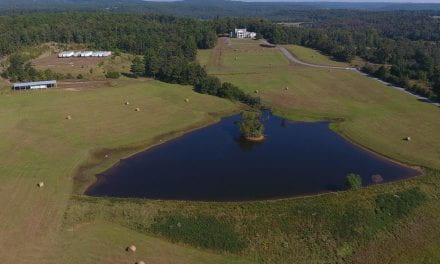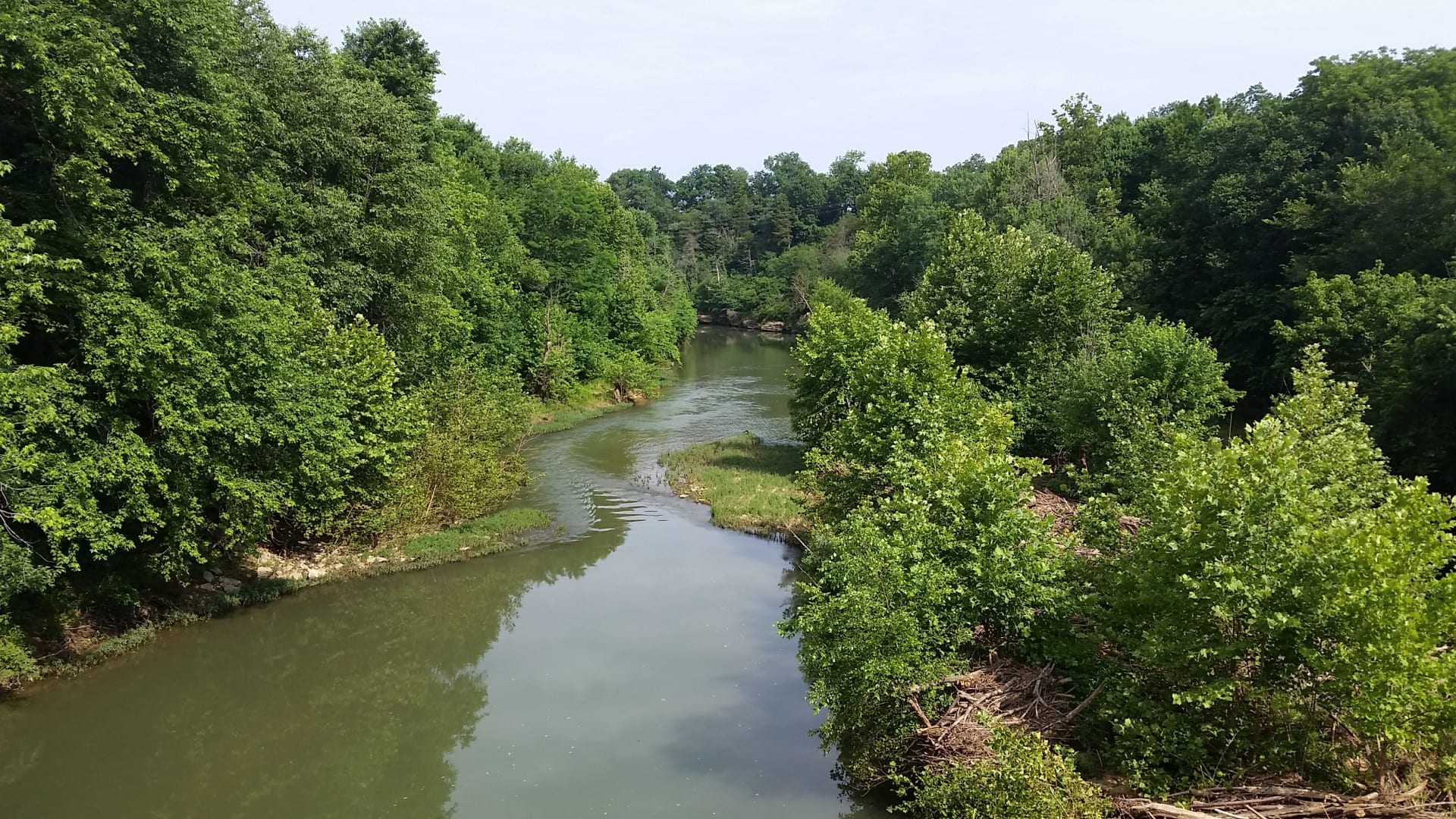
Toxins from Algae Outbreaks Plague Hundreds of Lakes in 48 States

Freshwater harmful algal blooms are becoming more common in lakes and rivers in the United States, one study suggests. The Environmental Working Group, a non-profit headquartered in Washington, D.C., recently released a review examining the occurrence of microcystin in lakes within the contiguous 48 states. Microcystin is a cyanotoxin that can cause health problems in people, pets, and livestock, and is produced by several different species of blue-green algae. This review, based on the Environmental Protection Agency’s National Lakes Assessment data, found that the occurrence of microcystin increased by nearly 10 percent from 2007 to 2012 in lakes in the U.S.
By Sarah Graddy, Environmental Working Group
Federal and state tests have found dangerous toxins, common in outbreaks of blue-green algae, in hundreds of lakes, rivers and other bodies of water nationwide – yet authorities are doing little to notify and protect Americans, according to a new analysis and map from the Environmental Working Group.















